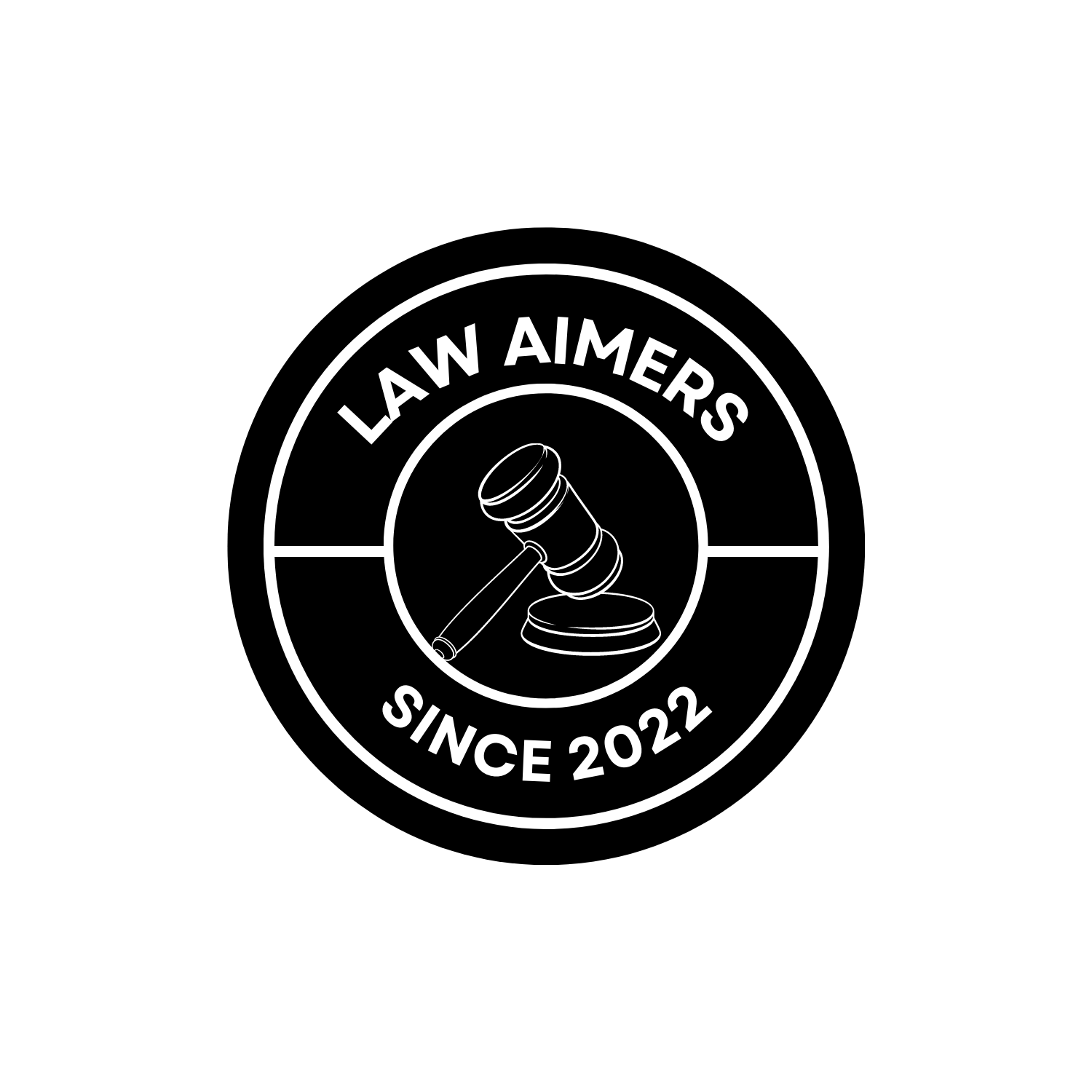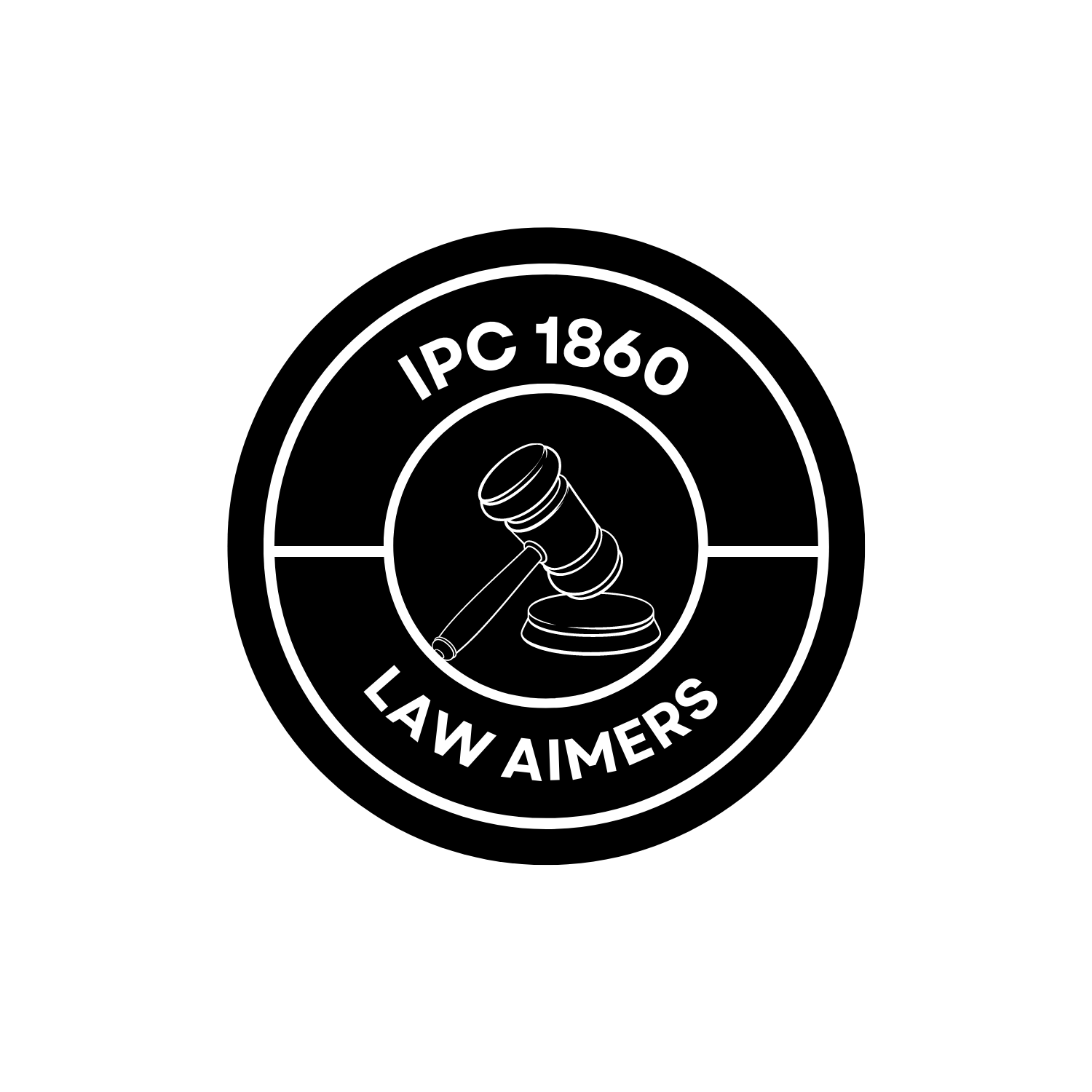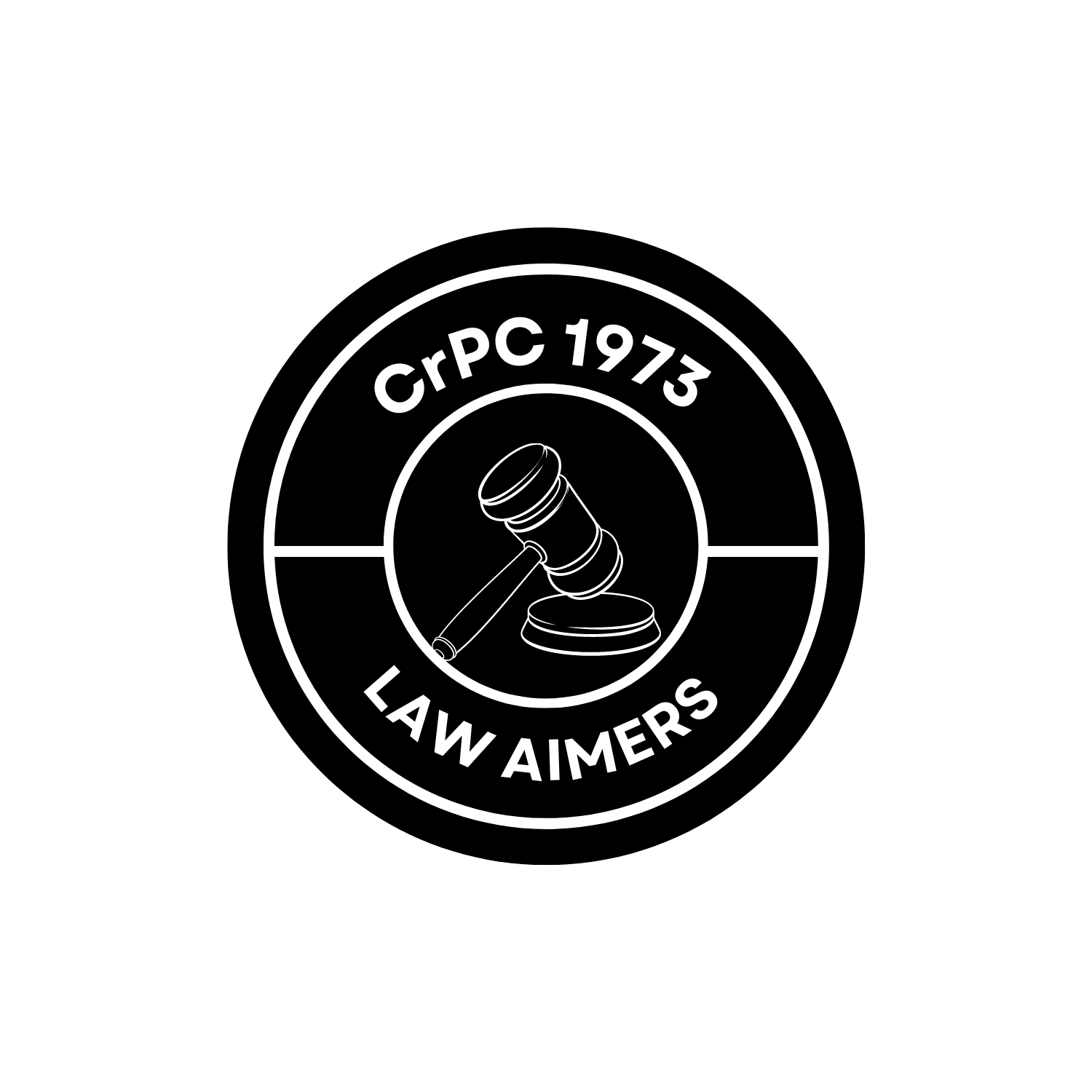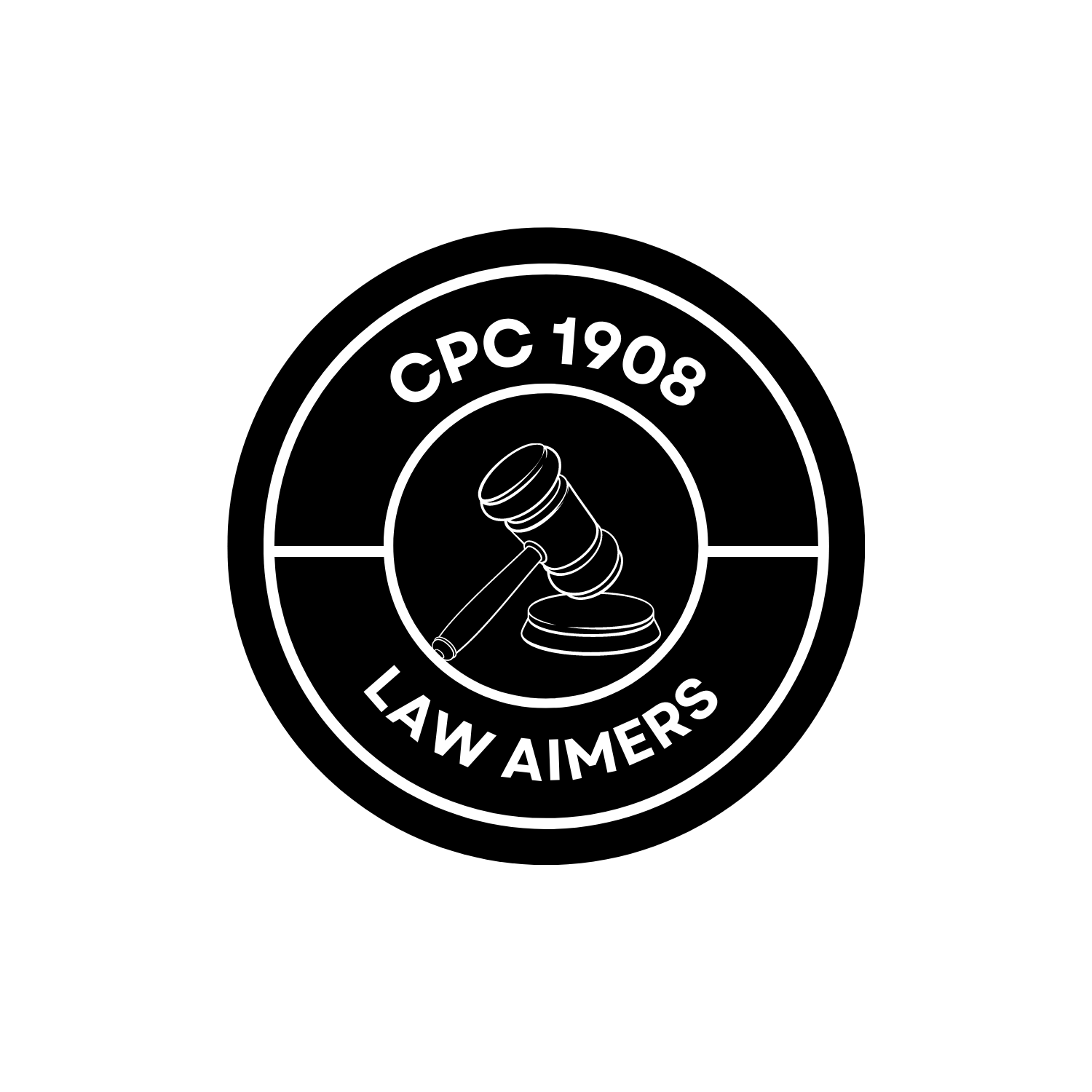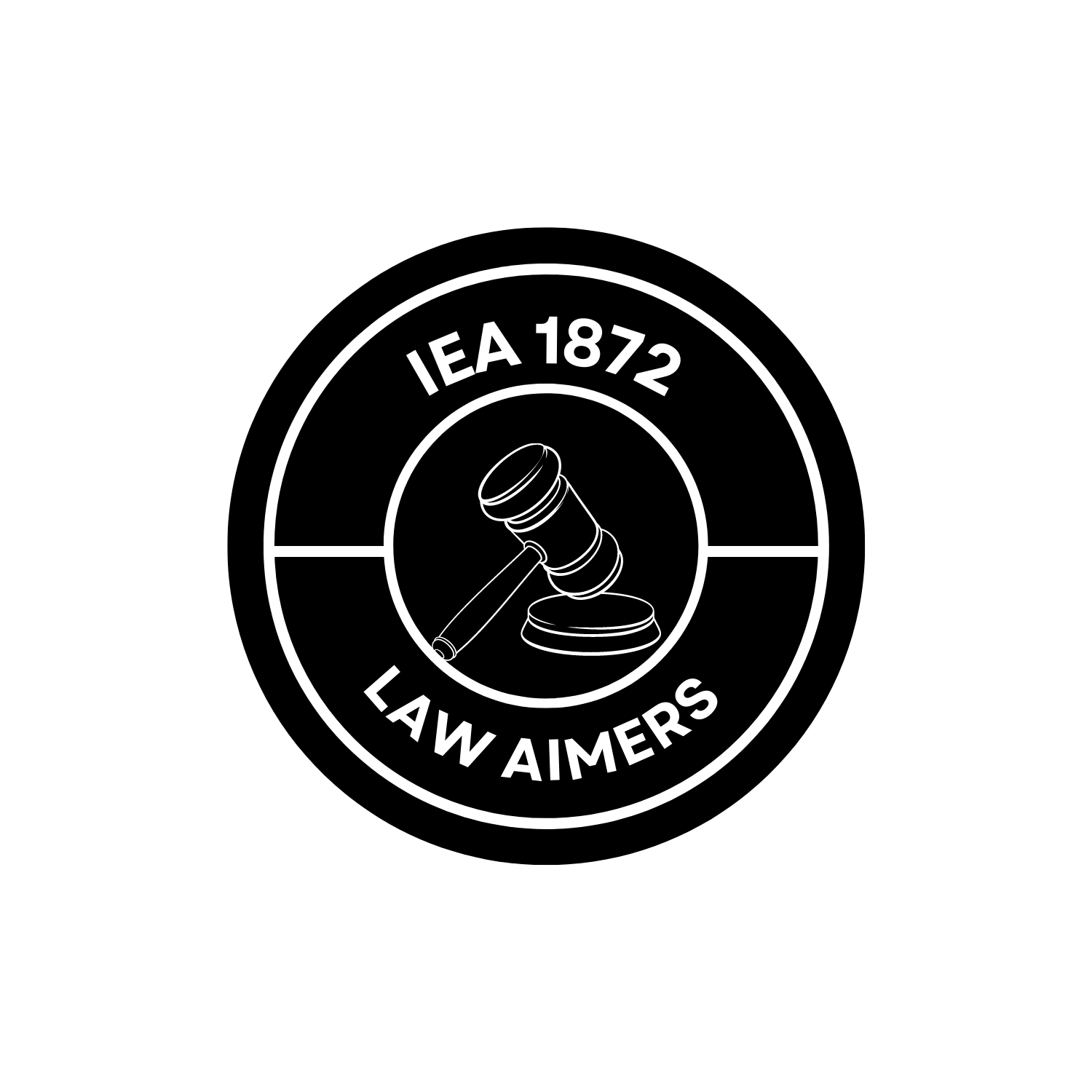The Debt Recovery Tribunal (DRT) in India has been granted several powers under the Recovery of Debt Due to Banks and Financial Institutions Act, 1993.
Powers of the Debt Recovery Tribunal
- Settle Debt Disputes: The DRT has the authority to resolve disputes between banks or financial institutions and borrowers regarding unpaid loans.
- Call Witnesses: The DRT can summon people with information relevant to the case and ask them questions under oath. They can also demand the production of documents or records related to the debt.
- Recover Debt: The DRT can take steps to recover the outstanding debt. It can issue certificates stating the amount due and take actions such as seizing and selling the borrower’s assets to recover the money.
- Manage Assets: The DRT can appoint someone called a receiver to take charge of and sell the borrower’s assets to repay the debt.
- Enforce Orders: If the borrower refuses to follow the DRT’s orders, the tribunal can issue warrants for their arrest and detention.
- Protect Interests: During the proceedings, the DRT can take temporary actions to protect the interests of banks or financial institutions. This includes freezing assets or stopping the borrower from selling or transferring property.
- Appeal Process: The DRT’s decisions can be appealed to a higher authority called the Debt Recovery Appellate Tribunal (DRAT). The DRAT has the power to review and change the DRT’s decisions if necessary.
